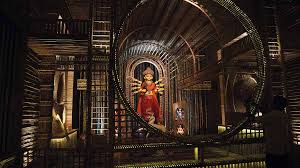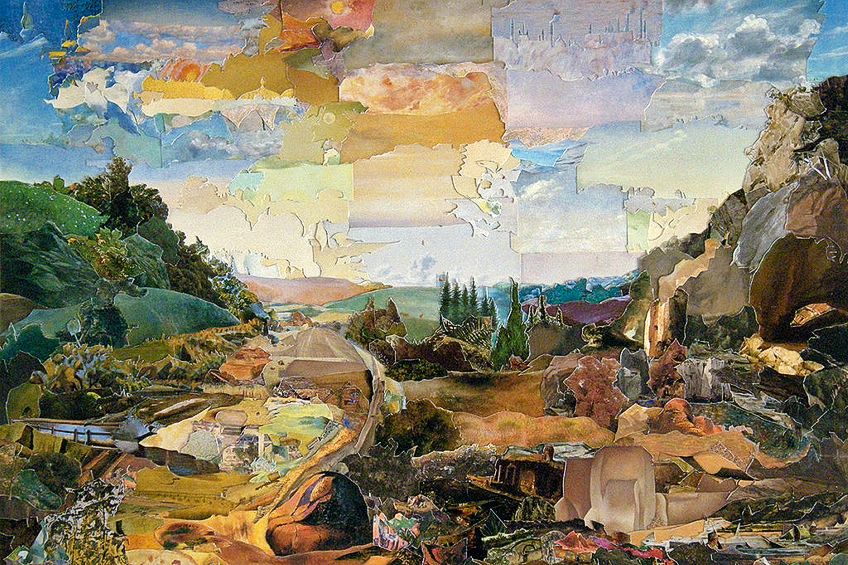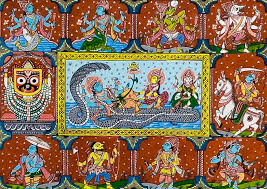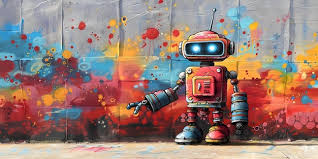
Menu

Digital collage has emerged as one of the most innovative art forms in the 21st century. Unlike traditional collage, where paper, fabric, and paint are layered physically, digital collage uses software tools to assemble images, textures, and text. This medium has unlocked endless possibilities for artists—allowing them to combine elements from various eras, cultures, and styles in a single composition.
What makes digital collage exciting is its ability to remix and repurpose existing visuals. Artists can draw from scanned vintage prints, stock images, personal photographs, or AI-generated visuals. The result is often surreal, layered, and rich in commentary—perfect for expressing complex ideas about identity, consumerism, memory, or media overload.
One reason for its popularity is accessibility. With just a tablet or laptop, artists can produce high-resolution works that are printable, shareable, and even mintable as NFTs. Digital platforms like Instagram and Behance have become mini-galleries for these works, providing global reach in seconds.
Digital collage blurs the line between photography, painting, and graphic design. Artists can simulate brush strokes or photo textures, giving their work a tactile feel despite its virtual origin. This genre is also gaining space in galleries and art festivals, where digital projections and mixed-media prints are appreciated equally.
As our lives become more digitally intertwined, the digital collage reflects that transformation. It’s a language of layers, edits, cuts, and pastes—a mirror to the fractured but interconnected world we live in. For artists seeking flexibility, expression, and edge, digital collage continues to offer an open playground.



